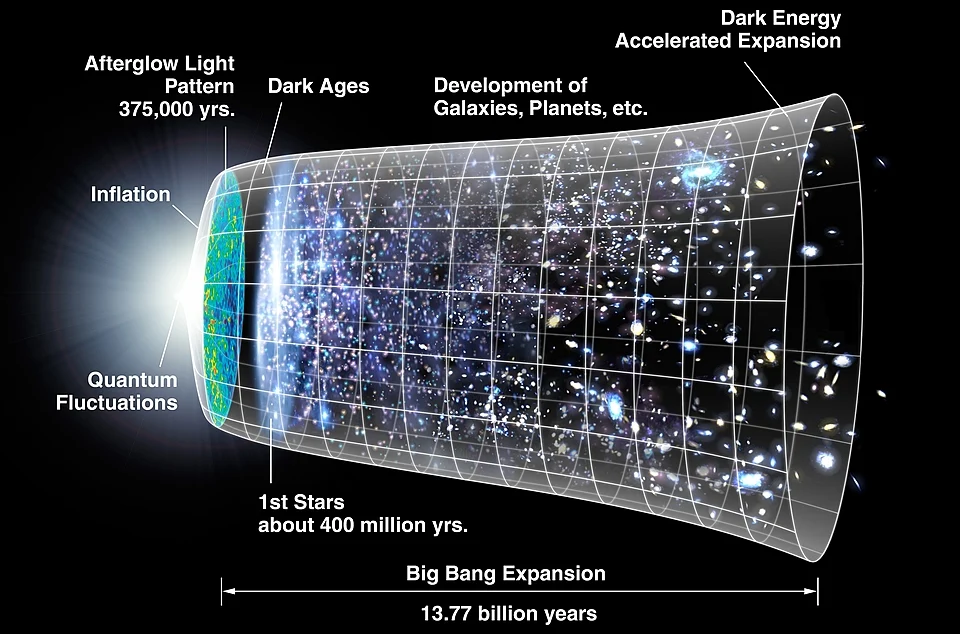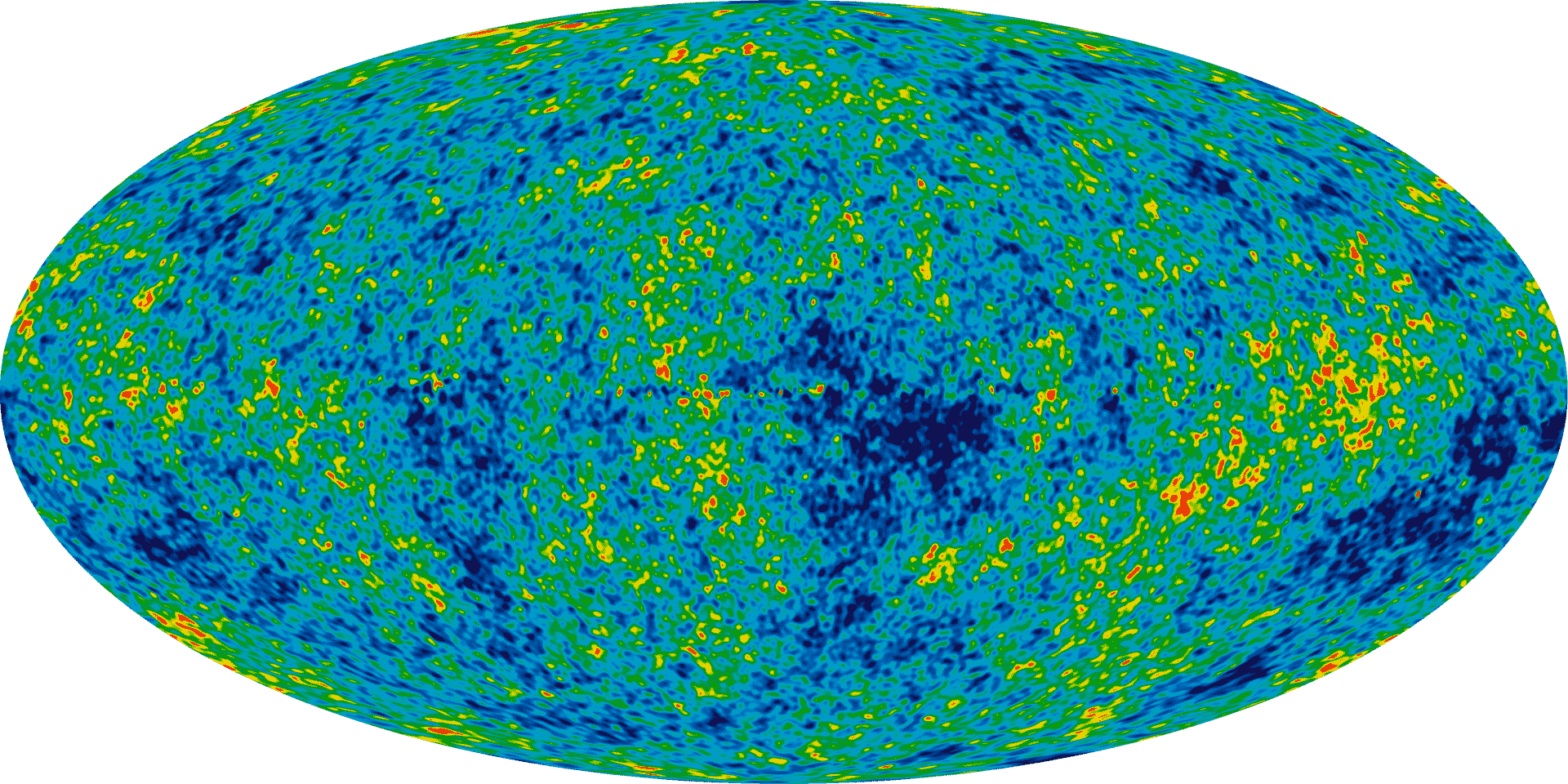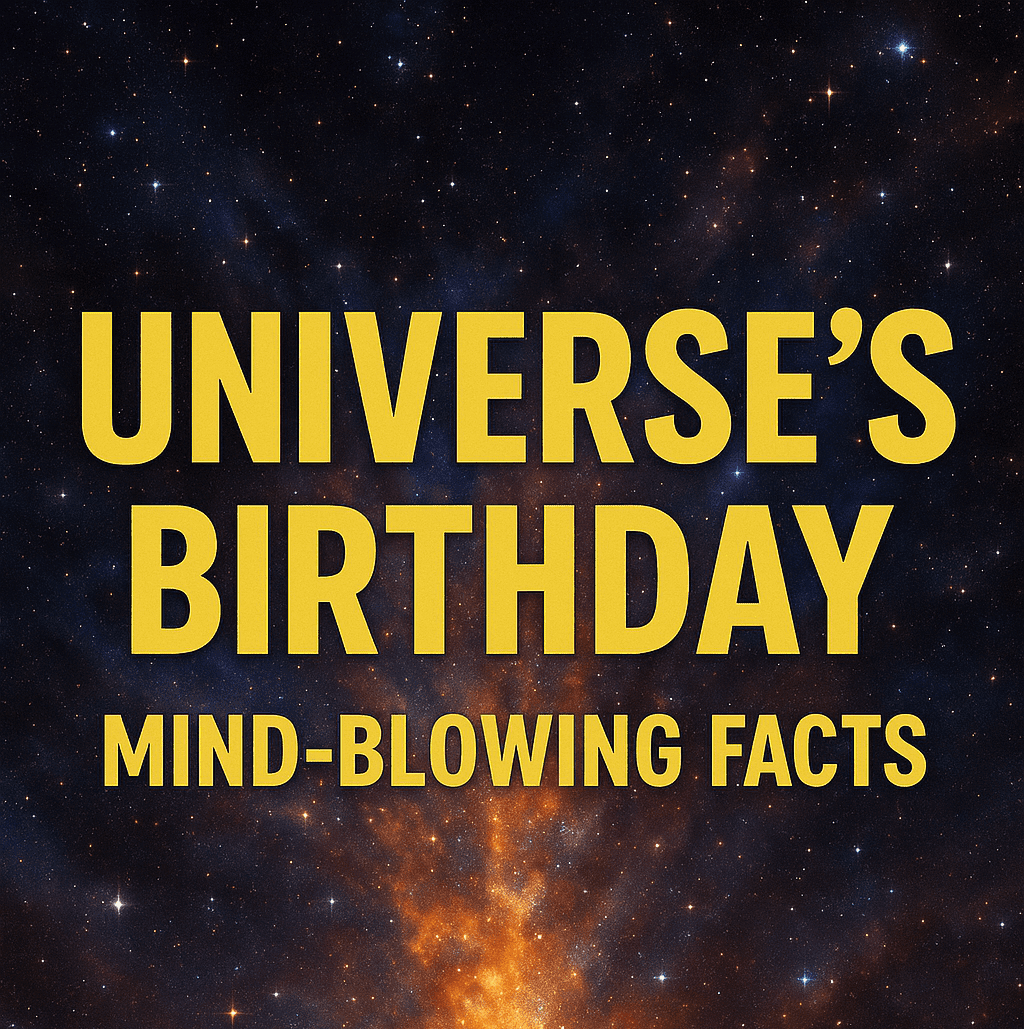What Do We Mean by the Universe’s “Birthday”?
The idea that the “universe birthday” might sound strange at first, like, what do we really want to accomplish? Throwing a cake into space and then singing to the stars, Happy Birthday? However, in the realm of science, this expression can be more symbolic. When scientists talk about “the “birthday” of the universe they’re talking about the point at which everything we know about in terms of time, space, matter as well as physical laws were created. It’s like the beginning of all things. There’s no prequel. No warm-up. Just… boom. Literally.
The “Universe birthday” isn’t a day you can mark on the calendar, like the 4th of July or the wedding of your cousin. It’s actually a moment in time, about 13.8 billion years back when something truly mysterious took place. What exactly caused the explosion remains a subject of debate; however, whatever it was was, it created galaxies, planets, and stars and, ultimately, us.
However, here’s the interesting thing: it isn’t just an isolated event. The universe has expanded since then, getting older and more complicated each second. Scientists have tried for decades to reverse the cosmic clock, employing satellites, telescopes, and sophisticated math to determine how long the timeline goes back. Although it’s not an exact measure, we’re confident regarding the 13.8-billion-year number.
However, the phrase “Universe’s birthday” helps make this massive, abstract concept seem a little more relatable. It provides us with a way to talk about the time in the creation of our universe without having to delve into the tangled terminology. It’s also comforting to know that everything has beginnings, even in something as huge and enigmatic as the Universe.
Why Scientists Even Bother to Pinpoint a Birthday
Why is it important? If you consider that the universe’s age is 13.8 billion years old, or 14 billion years old, then is anyone counting? For scientists, working out the precise time of the universe’s existence isn’t easy as it’s like obtaining the birth certificate of the universe itself. It lets us know the process of evolution that took place, from tiny particles to the massive galaxies that float in space.
Understanding the time of the universe allows researchers to see if the science’s various parts make sense. For instance, does the time of the oldest stars correspond to the time of the universe? Are the predictions of physics remain true when we turn back the clock? If we’re off just an inch, this could mean that something is fundamentally wrong with our understanding, for instance, if we discover that you adopted the universe.
Additionally, it aids in one of the most important goals of science to tell the story behind all things. From atoms to apes, we all share the same place. The ability to pinpoint that moment can help create a timeline to connect the dots of our ancestors, the Big Bang, the formation of galaxies, the birth of Earth and, in the end, our browsing through space-related information through the web.
In all honesty, there’s a feeling of awe. Being aware of when the universe first began is a cosmic time stamp and a reminder that we’re part of something ancient that is mysterious, mystical, and massive. It humbles us while stimulating curiosity. If we can pinpoint how it began… perhaps we’ll be able to understand the direction it’s taking.
The Science Behind the Universe’s Beginning
Okay, here’s where things start to seem more like science fiction… but it’s real. When we discuss how the universe came into existence in the first place, the discussion usually goes back to what’s known as “the Big Bang. But it wasn’t an actual explosion, with shrapnel and fireworks flying around. It was more of an explosive explosion that was suddenly powerful, massive, and far beyond what our human brains could really comprehend.

In the beginning, it was… well, it’s hard to say. The universe was empty. There was no time. A strange type of nothing, which might not actually be “nothing” in the way we typically define it. In just less than a second, all things came into existence. Matter energies dimensions, dimensions, even the twitch of time itself was appearing.
How do we know that any of this actually happened? There weren’t cameras. However, science does have its methods–through deep-space observations, physics and lots of creative thinking. For instance, we could observe light that is millions of years old floating around space. It’s similar to looking back in the past. What patterns are there in the light? They reveal the very earliest phases in the evolution of our universe.
It’s not just a guesswork. Science has been tried and debated, then refined. While there are some things we’re still not understanding we have a well-informed understanding of the timeline. It’s interesting to note that this story’s origin story isn’t just for scientists; it’s our own story as well. Every atom of your body was created at that moment, forged within the heart of stars, which were later discovered. So, what’s the point of learning how the universe started? This is like reading a baby book written across galaxies.
How Scientists Measure the Age of the Universe
Here’s a great question: How do you determine how old something is that you cannot touch, aren’t able to rewind and pretty much everything? This is the problem that scientists and astronomers have worked on for a long time. It’s also interesting to note that cosmic rays have been leaving clues that look like a massive shining breadcrumb trail that runs throughout the ages.
To assess the age of a person, scientists employ an array of sophisticated methods. It’s not just about one method, but rather a variety of clocks and determining whether they’re all telling the identical time. The most significant instrument is light, specifically light from galaxies distant from us. Since light takes time to travel and travel, when we see something that is 10 billion light years away, we’re viewing it as if it were a billion years earlier. It’s like stepping back in time.
Another important hint is the Cosmic Radio Background Microwave (CMB). This faint glow leftover after the Big Bang is basically the universe’s infant image. Through analyzing the CMB, scientists can gain knowledge about what the universe looked like in the 380,000 years that followed it. The patterns that appear in the radiation can allow us to determine how quickly the universe expanded and continues to expand.

There’s also Hubble’s Law, which uses an idea known as redshift. If galaxies are moving further away from our planet, the light is stretched towards the red portion of the spectrum. By measuring the redshift, we can determine the speed at which the universe is expanding, and if we trace that movement backwards, we can guess when the process began.
Why the Universe’s Birthday Matters to Us Today
Let’s face it: when the first time you hear “the universe is 13.8 billion years old,” your brain may be thinking, “Cool… but so what?” You indeed have work to do obligations to meet, dinner to prepare, and a dinner reservation to make. Why should an ancient cosmic birthday have any significance for your current life?
More than you would think.
In the first place, it helps us see things from a different perspective. Humans are constantly focused on our small pieces of time and space. However, when you consider that we’re living in a world that has been evolving for more than fourteen billion years, the daily tension feels… less important. Not insignificant and yet an integral part of a larger, beautiful, and stunning picture. The kind of knowledge you gain can be awe-inspiring or humbling. Or both.
Knowing the age of the universe lets us know where we came from not only emotionally or spiritually however physically. Every atom that is in your body, including calcium, carbon, oxygen, and calcium, was forged within the core of dying stars. There are no stars? No, you. The universe’s timeline literally brought you to be in this moment. That’s cosmic poetry.
And here’s an interesting emotional truth: knowing your place within the universe will make people feel more connected. We’re not just floating in space on our own. We’re part of something ancient that is shared and continuous.
Final Thoughts: Still Just the Beginning
After having traversed 13.8 billion years of evolutionary change with ancient luminosity, fiery beginnings and incredible distances, we now are. We are in the present moment, looking back in awe and forward with amazement. Then there’s a strange, amazing truth: even having uncovered all we can about the beginning of the universe and evolution, we’re just at the very beginning.
It’s funny. The more we understand, the more we realize that we’re not aware. It’s like standing on the shore of a huge ocean and having only put our toes on. We’ve traced stars and galaxies that are billions of light-years distant and even constructed models of the beginning of time. However, we’re still pondering questions such as “What came before the Big Bang?” or “What is the universe expanding into?” That’s acceptable.
The birthday of the universe isn’t just a digit. It’s a sign of the progress made. It’s a reminder of how far our curiosity has taken us, from looking at stars in the deserts of ancient times to launching telescopes that are able to see back to the beginning of the age of time. However, it’s also an invitation to continue exploring by questioning, experimenting, exploring, and learning. Because science isn’t only facts, it’s a journey. A journey.
Let’s not forget that we’re all part of this story. Every generation brings a fresh chapter. A new perspective or a clue. One day, someone who reads this article could be the next person who will change our understanding of the universe. I Hope You Will Like This Article, Universe’s Birthday: Mind-Blowing Facts 2025
Frequently Asked Questions
1. What exactly is “Universe’s Birthday” or “Universe’s Birthday”?
The term “birthday” of the Universe refers to the day the universe first began to form–what we refer to as “the” Big Bang, about 13.8 billion years ago. It’s not like birthday cakes and candles; however, it’s a metaphorical method to mark the beginning of the universe in the time when space, time and matter first appeared. Therefore, every time we discuss it’s “age,” we’re measuring from the point of explosive birth.
2. Did there really exist anything prior to the Big Bang?
Strangely enough… perhaps! According to the current theories, time and space were created by The Big Bang. This means that the question “What came before?” may not be as logical as we’re used to. It might not be a “before” at all, just an inexplicably endless, unknowable absence. It could also be that there is something much deeper that we haven’t discovered yet. Mind. Blown.
3. Why should I be concerned about how it is?
Fair question! Understanding the ages of the universe can help us comprehend how everything came to be even us. It helps put our existence into perspective, enables us to connect with the universe, and helps answer the big questions of what we are and where we came from. It also drives the advancement of science, which results in everything from the latest technologies to deeper understanding. It’s a lot more important than you’d imagine.
4. Are we really made from stardust?
Absolutely, and it’s more than an imaginative idea. The components in your body (carbon nitrogen, carbon dioxide and calcium, as well as iron) were created by stars that burst in the past before Earth existed. Therefore, you’re created from the remnants of stars. It’s among the most enthralling, inspiring facts of science. You are the universe within your being.
5. Are we near to finding out how the universe got its start?
Progress is being made; however, the whole picture remains a mystery. We’ve come incredibly close to the 1 trillionth second following The Big Bang. But what exactly is the what’s the reason behind it? It’s still in the process of being revealed. Every discovery raises new questions, and that’s part of the reason. The more we study, the more we realize there’s a lot of wonder available.

